India, Russia ink pacts on the construction of future power units of the Kudankulam nuclear plant (The Hindu)
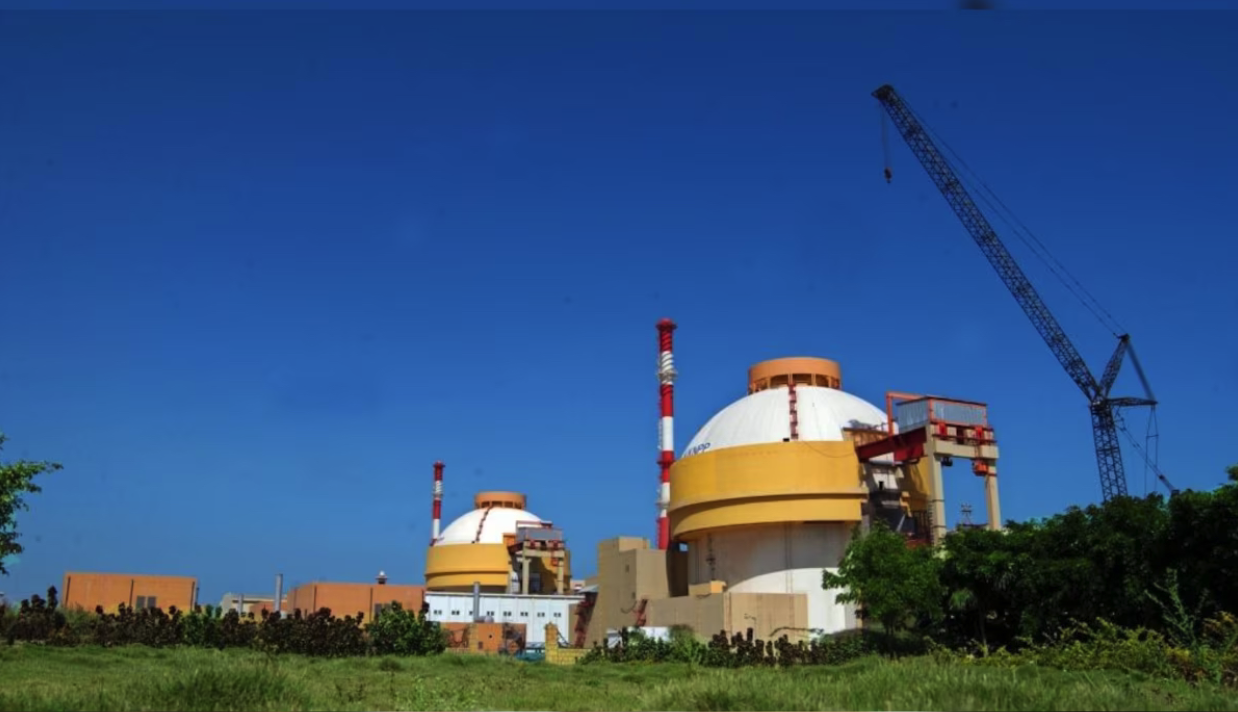
- 27 Dec 2023
Why is it in the News?
In a major boost to their time-tested partnership, India and Russia recently signed some "very important" agreements related to the construction of the future power-generating units of the Kudankulam nuclear power plant.
About the Kudankulam Nuclear Power Project:
- The Kudankulam Nuclear Power Project is India's largest nuclear power plant situated in the Tirunelveli district of Tamil Nadu.
- It is being developed by the Nuclear Power Corporation of India (NPCIL) in collaboration with Russia's Rosatom State Atomic Energy Corporation.
- The construction began in March 2002.
- Since February 2016, the first power unit of the Kudankulam NPP has been steadily operating at its design capacity of 1,000 MW.
- The plant is expected to start operating at full capacity in 2027.
- Water-Water Energy Reactor: The Kudankulam Nuclear Power Project employs VVER (Water-Water Energy Reactor) technology, a pressurized water reactor design developed in the former Soviet Union, known for its safety and reliability.
- Power Generation Capacity: The current power generation capacity is 2×1,000 MWe VVER, expected to significantly increase with the construction of four additional reactors, estimated at ?89,470 crore.
- All units are subject to International Atomic Energy Agency (IAEA) safety analysis, except the Kalpakkam nuclear plant, reserved for strategic use under the India-US Nuclear Agreement.
What is the 3-Stage Nuclear Programme of India?
- India's nuclear program is structured into three stages, strategically designed to harness the extensive Thorium deposits within the country, constituting approximately 25% of the world's total reserves.
- This focus on Thorium is crucial as India possesses limited Uranium reserves, accounting for about 2% of the global uranium reserves.
- 1st Stage: The initial stage employs Pressurized Heavy Water Reactors that operate on natural uranium, consisting of 99.3% U-238 and 0.7% U-235.
- The fissile U-235 triggers a chain reaction, while the non-fissile U-238 transforms into Pu-239 as a byproduct (spent fuel).
- This Pu-239 is subsequently utilized in the Fast Breeder Reactors in the 2nd stage.
- 2nd Stage: Fast Breeder Reactors primarily rely on Plutonium, utilizing a combination of Plutonium-239 from the 1st stage and the abundant U-238 found on Earth to generate additional Plutonium inside the reactor.
- As U-238 does not initiate a chain reaction, the reactors are termed Breeder reactors.
- To maximize the chances of neutron interaction with U-238, these reactors, known as Fast Breeder Reactors, omit a moderator to slow down neutrons.
- Once Plutonium-239 is fully consumed, Thorium is introduced to convert it into U-233, to be used in the 3rd stage.
- 3rd Stage: Thermal Breeder Reactors utilize U-233 produced in the 2nd stage, incorporating thorium-232.
- Notably, Thorium is non-radioactive and non-fissile. Since these reactors also generate U-233 from Thorium-232, they are classified as breeder reactors.
- India's significant reserves of thorium, particularly in the form of monazite sand, emphasize the critical role of the 3rd stage in India's nuclear energy portfolio.
PM Narendra Modi calls upon religious leaders and social organizations to launch a mass movement against drugs (NewsOnAir)
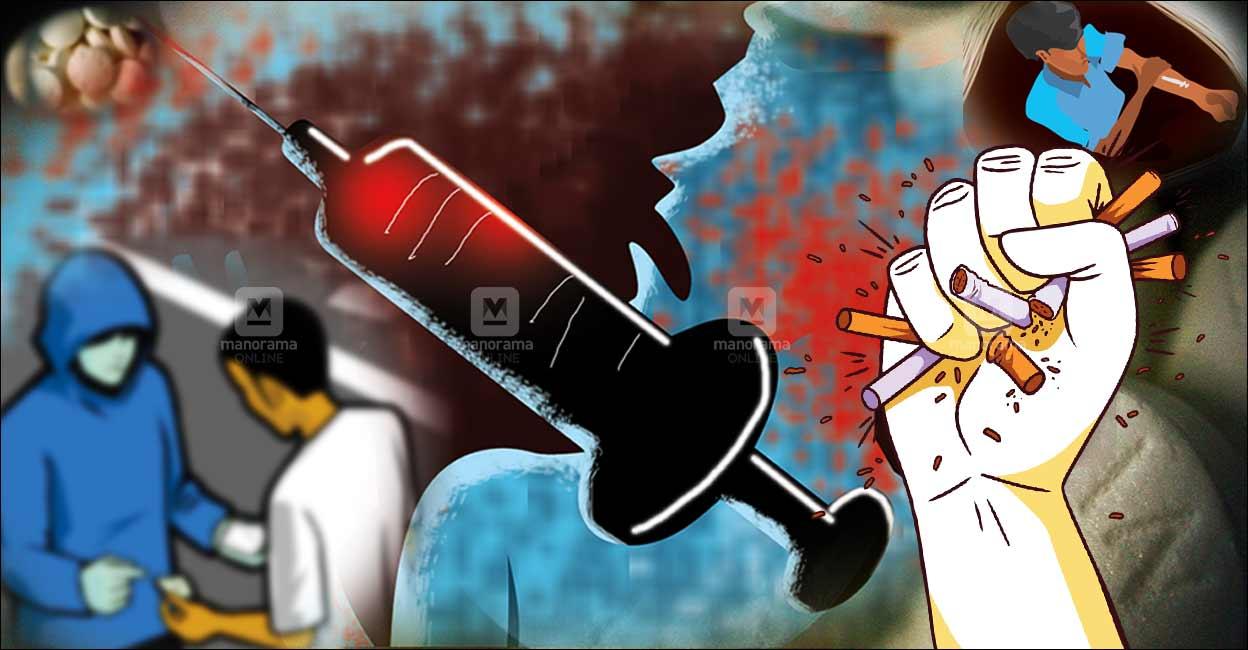
- 27 Dec 2023
Why is it in the News?
On the occasion of Veer Bal Diwas in New Delhi, PM Narendra Modi calls upon religious leaders and social organizations to launch a mass movement against drug menace.
Drug Menace in India:
- Alcohol, cannabis, opium, and heroin constitute the primary drugs abused in India.
- Approximately 13% of substance abusers in the country are under 20 years old.
- Adolescence is identified as a critical-risk period for the initiation of substance use.
- Children impacted by substance abuse fall under the category of children in need of care and protection as per the Juvenile Justice (Care and Protection of Children) Act 2015.
- In various regions, including Punjab, Assam, Mizoram, Chhattisgarh, Gujarat, Haryana, Bihar, Delhi, etc., drug abuse prevalence is notably high.
- Key causes of drug abuse include factors such as poverty, peer pressure, illiteracy, low self-esteem, and genetic predisposition.
Challenges in Combating the Drug Menace:
- India, strategically located between the Death Triangle (Thailand, Myanmar, and Laos) and Death Crescent (Pakistan, Afghanistan, and Iran), is a prominent hub for drug trafficking, particularly in major opium production regions globally.
- Porous borders exacerbate the problem, and technological advancements, such as the utilization of the dark net and cryptocurrency for drug trafficking, further complicate law enforcement efforts.
- Criminalizing drug abuse contributes to social stigma for addicts, deterring them from seeking essential medical assistance.
- There is a notable absence of comprehensive studies assessing the societal impact of drug abuse, hindering the formulation of informed strategies.
Efforts to Combat the Drug Menace:
- The Narcotics Drugs and Psychotropic Substances (NDPS) Act of 1985 outlines measures for identification, treatment, and rehabilitation.
- The Nasha Mukt Bharat Abhiyaan targets 272 highly vulnerable districts with a focus on community outreach.
- The Seizure Information Management System (SIMS) portal facilitates the management of cases involving substantial drug seizures.
- The National Action Plan for Drug Demand Reduction (NAPDDR) spanning 2018-2025 adopts a comprehensive, multi-pronged strategy.
- Furthermore, adherence to international conventions, including the Convention on Narcotic Drugs (1961) and the Convention on Psychotropic Substances (1971), reinforces India's commitment to addressing the global issue of drug abuse.
Atomic watchdog report says Iran is increasing production of highly enriched uranium (Indian Express)
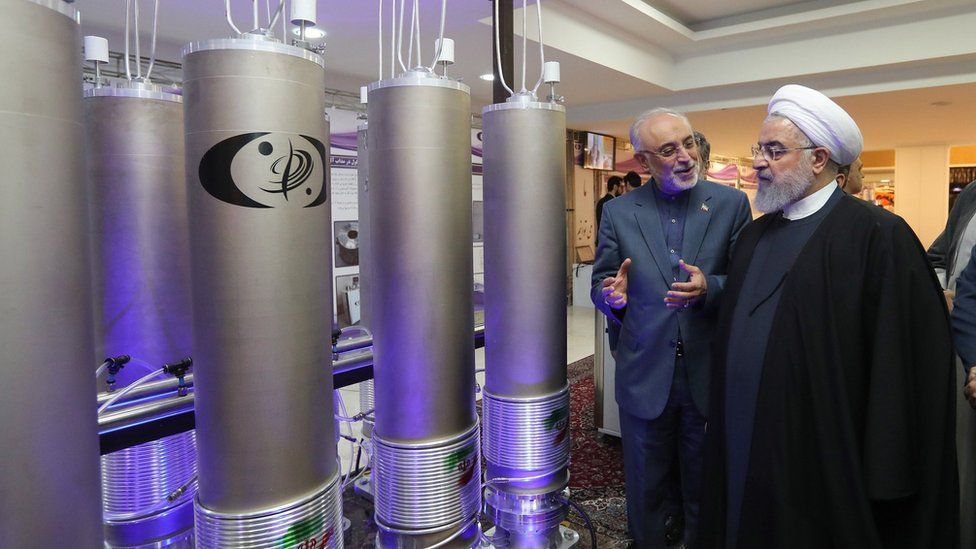
- 27 Dec 2023
Why is it in the News?
Iran has increased the rate at which it is producing near weapons-grade uranium in recent weeks, reversing a previous slowdown that started in the middle of this year, the International Atomic Energy Agency said in a report.
What is Uranium Enrichment?
- Natural uranium is comprised of two isotopes, with approximately 99% being U-238 and only about 0.7% being U-235.
- U-235 is a fissile material capable of sustaining a chain reaction within a nuclear reactor.
- The enrichment process involves increasing the proportion of U-235 through isotope separation, effectively isolating U-238 from U-235.
- For the production of nuclear weapons, enrichment is necessary up to 90% or more, referred to as weapons-grade uranium.
- Low-enriched uranium, typically containing a 3-5% concentration of U-235, is suitable for generating fuel for commercial nuclear power plants.
- In contrast, highly enriched uranium, boasting a purity of 20% or more, finds application in research reactors.
Key Facts About Uranium:
- Discovered in 1789 by the German chemist Martin Klaproth, Uranium is a silvery-white metallic chemical element found in the periodic table, characterized by its atomic number 92.
- This element holds the distinction of having the highest atomic weight among all naturally occurring elements.
- Naturally present in low concentrations in soil, rock, and water, uranium is commercially extracted from minerals like uraninite.
- The mining of uranium ore can be undertaken through open pits or underground excavations, followed by crushing and processing at a mill to isolate the valuable uranium.
- An alternative method involves the direct dissolution of uranium from ore deposits in the ground, known as in-situ leaching, with the extracted uranium then pumped to the surface.
About the International Atomic Energy Agency (IAEA):
- The International Atomic Energy Agency is an intergovernmental organization that seeks to promote the peaceful use of nuclear energy and to inhibit its use for any military purpose, including nuclear weapons.
- Established as an autonomous entity through its international treaty, the IAEA Statute, the organization, nonetheless, reports to both the United Nations General Assembly and the Security Council.
- Headquartered in Vienna, Austria, the IAEA collaborates with its Member States and various global partners to advance the safe and peaceful utilization of nuclear technologies.
- It employs nuclear safeguards, encompassing monitoring, inspection, information analysis, and other measures, to ensure the peaceful nature of nuclear activities and to detect and deter any potential diversion towards weapons-related purposes.
- The IAEA plays a crucial role in implementing comprehensive safeguards agreements mandated by the Nuclear Non-Proliferation Treaty (NPT), acting as a frontline defense against nuclear weapons proliferation.
- Additionally, the agency facilitates the exchange of scientific and technical information among its Member States.
- A key function of the IAEA is to bolster national, regional, and international capabilities to respond effectively to nuclear and radiological incidents, thereby minimizing their impact.
Zombie deer disease: Why are scientists concerned over its transmission to humans? (TOI)
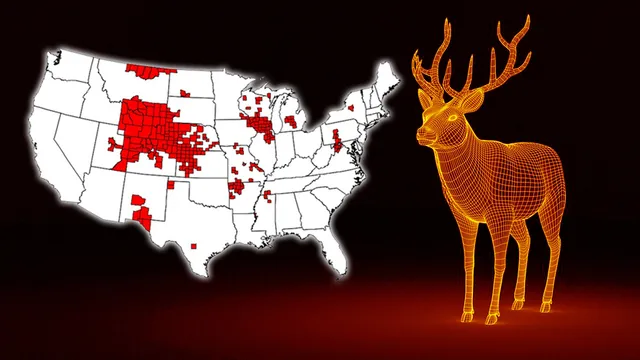
- 27 Dec 2023
Why is it in the News?
Researchers in the US have warned that Chronic Wasting Disease (CWD) spreading among wildlife across North America, could also spread to humans.
What is Zombie Deer Disease??
- According to the US Centers for Disease Control and Prevention (CDC), Zombie deer disease or chronic wasting disease is a prion disease that affects deer, elk, reindeer, sika deer and moose.
- Prion diseases affect both humans and animals and are distinguished by long incubation periods.
- In the case of chronic wasting disease or the zombie deer disease, "it may take over a year before an infected animal develops symptoms.
- History of the Disease?: The zombie deer disease was first discovered in Colorado (USA) in 1967.
- Until now, reports of humans getting affected have not come to the fore.
- However, the findings of several studies suggest that it can easily jump to human beings.
Why are health experts and scientists worried about a possible transmission??
- Experts are giving examples of the mad cow disease or the Bovine Spongiform Encephalopathy (BSE).
- “The BSE outbreak in Britain provided an example of how, overnight, things can get crazy when a spillover event happens from livestock to people.
Symptoms of the Disease:
- The common signs of the disease are drastic weight loss (wasting), stumbling, and other neurologic symptoms.
- Other symptoms seen in animals infected with this disease are listlessness, drooling, excessive thirst or urination, drooping ears, and lack of fear of people.
It is difficult to eradicate this disease??
- The chronic wasting disease is extremely difficult to eradicate from the environment once the infection has started.
- It can persist for years in dirt or on surfaces, and it is resistant to disinfectants, formaldehyde, radiation, and incineration at 600C (1,100F).
- Chronic Wasting Disease (CWD) is fatal to animals, and there are no treatments or vaccines.
Prevention?:
- To avoid the spread of the disease, humans should avoid shoot, handling, or eating meat from deer and elk that look sick or are acting strangely or are found dead.
- Individuals should wear latex or rubber gloves when dressing the animal or handling the meat.
Speed up measures for a new dam at Mullaperiyar, Kerala tells Central Water Commission (The Hindu)
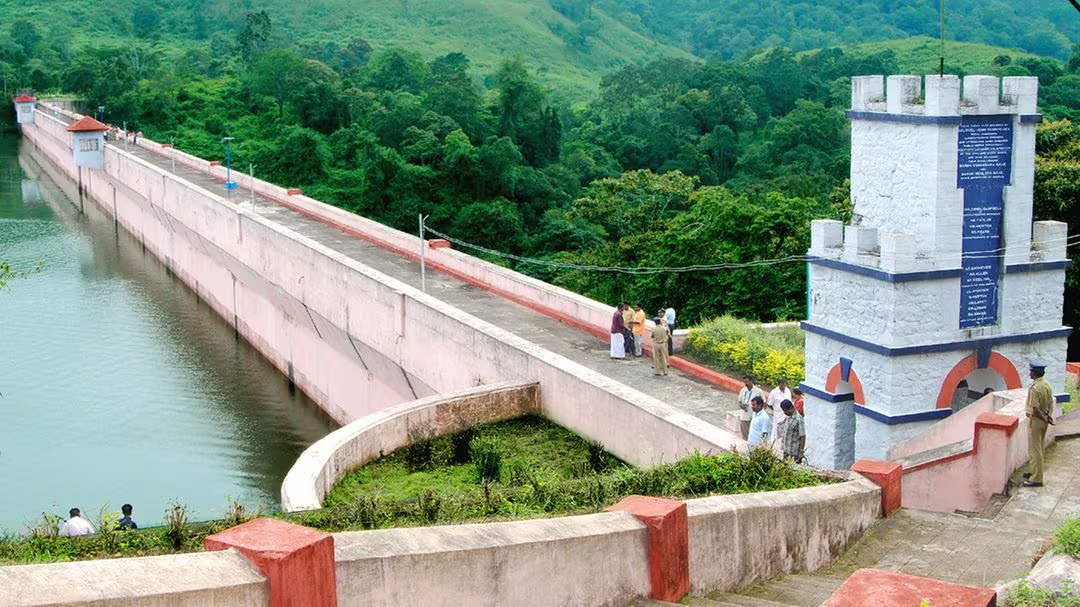
- 27 Dec 2023
Why is it in the News?
Recently the State government of kerala has urged the Centre to speed up measures for building a new dam at Mullaperiyar in the Idukki district at a meeting with the Central Water Commission.
About the Central Water Commission (CWC):
- The Central Water Commission (CWC) is a leading technical organization in India dedicated to water resources management.
- Currently operating as an attached office of the Ministry of Jal Shakti, Department of Water Resources, River Development, and Ganga Rejuvenation, Government of India, it plays a pivotal role in overseeing various aspects of water resource management nationwide.
Key Functions:
- Initiation and Coordination: The Commission is responsible for initiating, coordinating, and advancing schemes in collaboration with concerned State Governments.
- These schemes focus on controlling, conserving, and utilizing water resources for Flood Control, Irrigation, Navigation, Drinking Water Supply, and Water Power Development.
- Investigation and Execution: The CWC undertakes the investigation, construction, and execution of water resource schemes as deemed necessary.
- Leadership and Structure: The Commission is led by a Chairman, holding the status of Ex-Officio Secretary to the Government of India.
- The organizational structure includes three wings:
- Designs and Research (D&R) Wing
- River Management (RM) Wing
- Water Planning and Projects (WP&P) Wing
- Each wing is overseen by a full-time member with the status of Ex-Officio Additional Secretary to the Government of India.
- Headquarters: The headquarters of the Central Water Commission is located in New Delhi.
Key Facts About Mullaperiyar Dam:
- The Mullaperiyar Dam is a masonry gravity dam, situated on the Periyar River in Thekkady, Idukki district of Kerala.
- Situated at an elevation of 881 meters above sea level, it graces the Cardamom Hills within the Western Ghats.
- The dam is strategically located at the convergence of the Mullayar and Periyar rivers.
- Its construction, led by the British Corps of Royal Engineers under Pennycuick, commenced in 1887 and concluded in 1895.
- Utilizing limestone and "Surkhi" (a blend of burnt brick powder, sugar, and calcium oxide), the dam serves the purpose of redirecting west-flowing River Periyar waters to the rain shadow regions of Theni, Madurai, Sivaganga, and Ramanathapuram districts in Tamil Nadu.
- The Periyar National Park is located around the dam's reservoir.
- Despite its location in Kerala, the dam is operated and maintained by Tamil Nadu under a 999-year lease agreement established during British rule.
